Fort Santo Domingo is one of the most famous landmarks in Tamsui and one of the oldest existing buildings in Taiwan. If you're visiting Tamsui Old Street, you definitely have to check out this historic fort.
How to get to Fort San Domingo
Address|No.1, Ln. 28, Zhongzheng Rd., Tamsui Dist., New Taipei City
Bus|Take bus number 836 or Red 26 to the "Fort Santo Domingo (Aletheia U.)" stop.
How much is the entrance to Fort San Domingo?
Admission Fees:
- General Admission: NT$80
Operating Hours:
- Monday to Friday|09:30 - 17:00
- Saturday to Sunday|09:30 - 18:00
Note:
- The ticket grants access to three attractions: Fort Santo Domingo, Tamsui Customs Officer's Residence ( Little White House ), and The Hobe Fort.
- Visitors are advised to check the official website or contact the venue directly for the most up-to-date information regarding admission fees and operating hours.
Who Built Fort Santo Domingo
Rewind to 1642, when the Dutch moved north and built Fort Antonio in Tamsui, named after the then Governor-General of the Dutch East Indies, Antonio van Diemen.Since the locals in Taiwan at that time used to refer to these foreigners as "Red-Haired People," Fort Antonio came to be known as "Fort Santo Domingo" or "Red Hair Castle." When I was a child, I thought it was called "Red Hair Castle" because the building was red!Fort San Domingo Tour Online
The first floor is actually a dungeon, including four cells, an exercise yard, a kitchen, and restrooms. However, these spaces were not the work of the Dutch. They were added in the 1860s when the British leased the site to use as a consulate and expanded it to exercise consular jurisdiction.
Actually, just looking at these spaces, I don't really get the feeling of imprisonment. It seems that the ordinary lives of common people in Taiwan back then might not have been much better.Until I saw the actual cells, I finally felt the sense of confinement! Through the peep holes on the cell doors, the prisoners could be monitored at all times, with absolutely no privacy.
There are also explanations about the renovations made by the British to Fort San Domingo.
The second floor primarily serves as an exhibition space for old artifacts and includes explanations about the building and its facilities. From the balcony on the second floor, one can see the activities of the prisoners in the downstairs exercise area directly through the windows.
I particularly enjoyed the reconstruction of the office space. Even though the lighting is a bit dim and visitors can't enter the area for a closer look, it still feels like a vivid historical scene is playing out right before your eyes!
The cannons in the park are actually called "huǒ pào/火礟(ㄆㄠˋ)", and they come from both the Qing Dynasty and England. Some were brought from England (for use on ships), while others were discovered in places like Tamsui. You can tell by carefully examining the inscriptions on the cannons.
This setup really gives a sense of realism, almost like hearing the line "Fire in the hole!" from the online game CS(Counter Strike).
Former British Consulate
The former British Consulate at Tamsui during the Qing Dynasty was the last consulate built by the British in Taiwan. Its exterior exemplifies typical British colonial-style architecture.Inside the consulate, most of the settings are restored to depict the historical context of that era, showcasing classical and luxurious furnishings that truly evoke a sense of nobility.
The floor features high-end materials from Minton Hollins & Co., imported from England. To protect these exquisite tiles, a mud scraper is specially placed at the entrance of the consulate to prevent dust and dirt from dirtying them.
The rear corridor connects the kitchen to the living quarters of the servants, and the furnishings here are noticeably more modest.
The museum has simulated and restored the bedroom of the kitchen servants. The small bed frame feels barely fitting for an adult male, accompanied by simple tea tables and wooden chairs, perfectly illustrating the stark contrast between the officials and the servants.
The kitchen showcases the pots, pans, and utensils from that era, with ornate tableware contrasting sharply against the yellowed and worn space. The curiosity was heightened by the old European-style stove, reminiscent of what I've only seen in computer games or old movies before. It's a pity I couldn't observe it up close...
One of the rooms has been converted into a clothing display area, showcasing the fashion styles of gentlemen and ladies from that era. Despite its narrow space, it somehow gives off a feeling reminiscent of a fashion runway.
The second floor of the Consular Residence is mostly comprised of bedrooms, including the master bedroom, guest rooms, children's rooms, bathrooms, and storage spaces. The only thing that puzzled me a bit is why the double beds in the master bedroom, guest rooms, and children's rooms seem to be almost the same size?!
Storage and bathroom spaces.
Finally, we returned to the dining area on the first floor. The luxurious afternoon tea set for ten people was already prepared, yet they would never greet real guests, only continuing to showcase in this space...
Here concludes our record of this visit! Almost all Taiwanese students go on field trips to Fort Santo Domingo, but back then, I was mostly playing with classmates and found it hard to truly focus. This time visiting again, it feels like a vacation! Especially the classical and luxurious bedrooms, and the beautifully set table for afternoon tea, all give off a noble atmosphere! Plus, it's really cost-effective—just 80 NT dollars to visit three attractions! If you come to Tamsui next time to stroll through the old streets and enjoy seafood, don't forget to swing by Fort Santo Domingo!
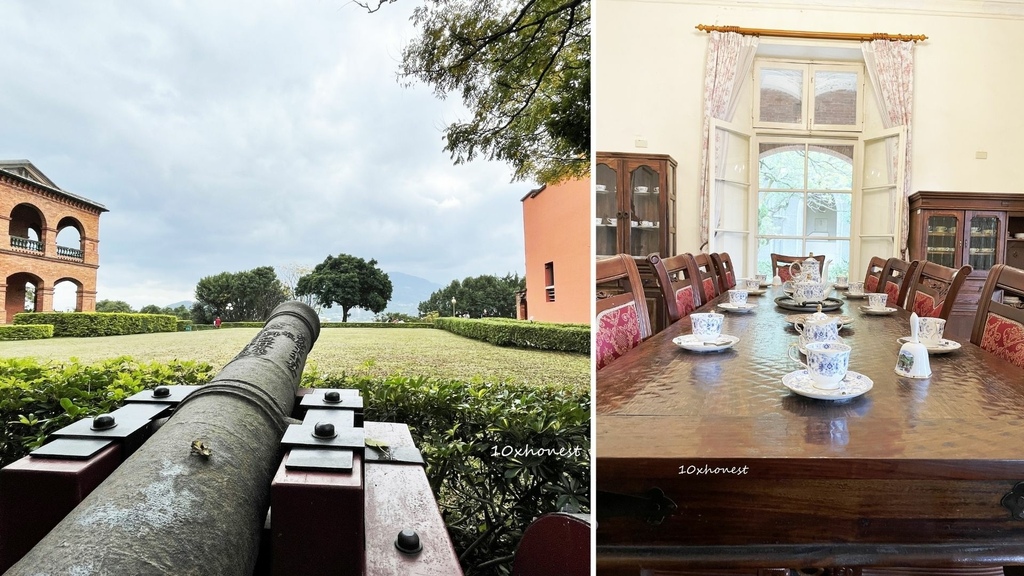
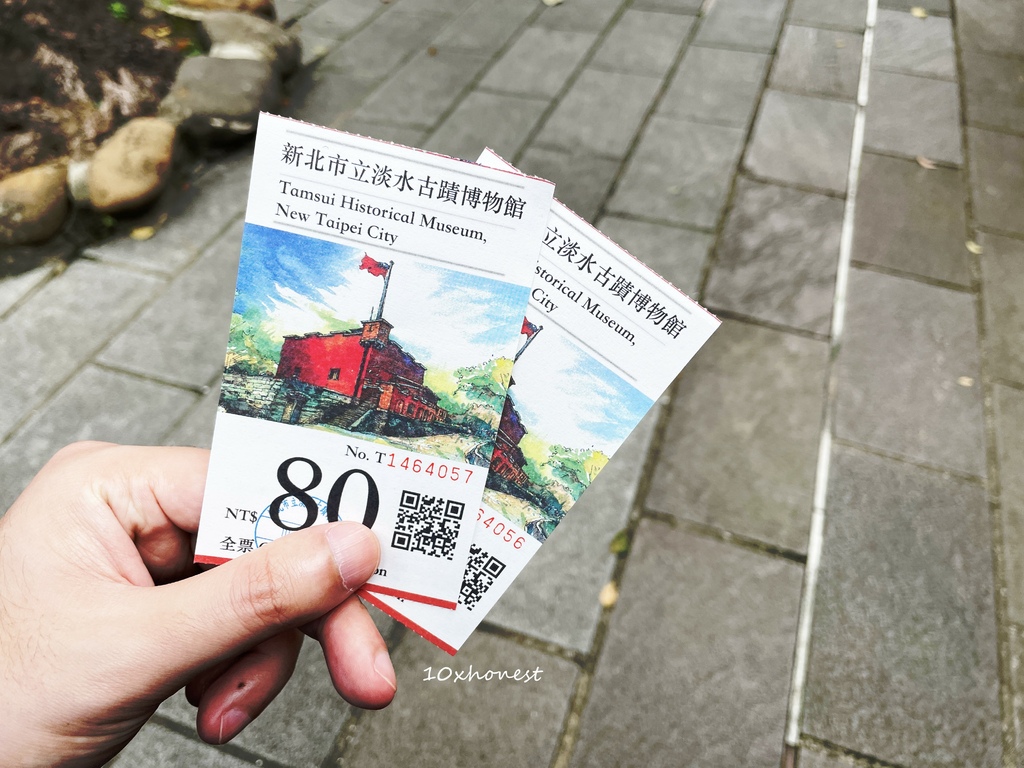

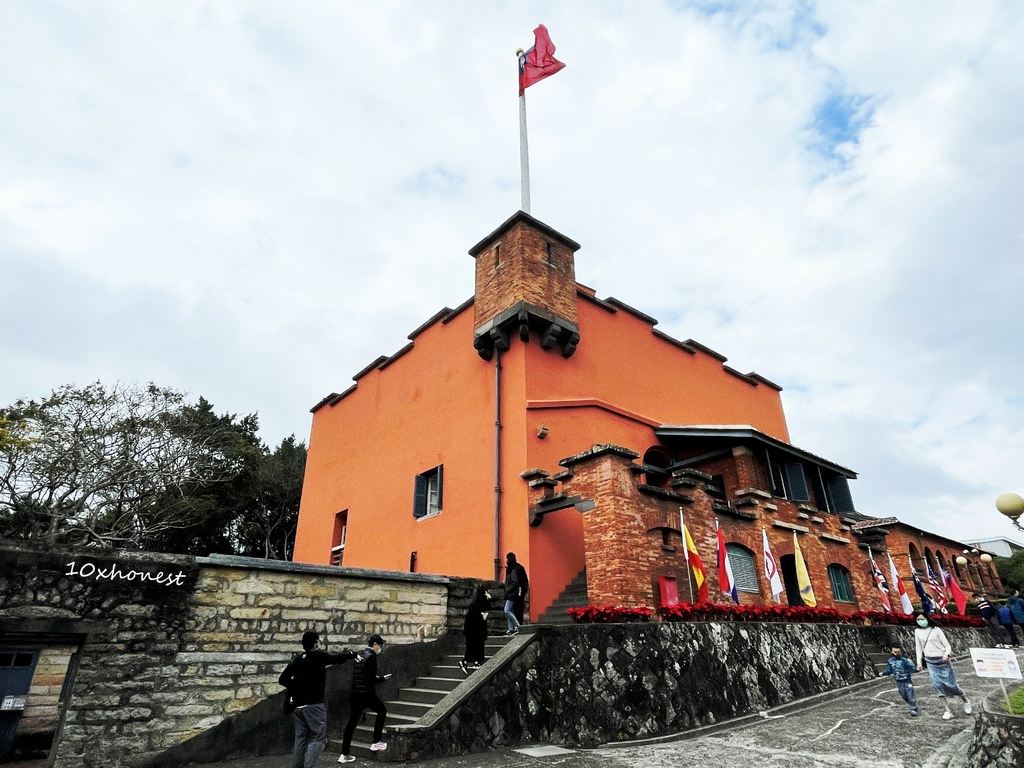
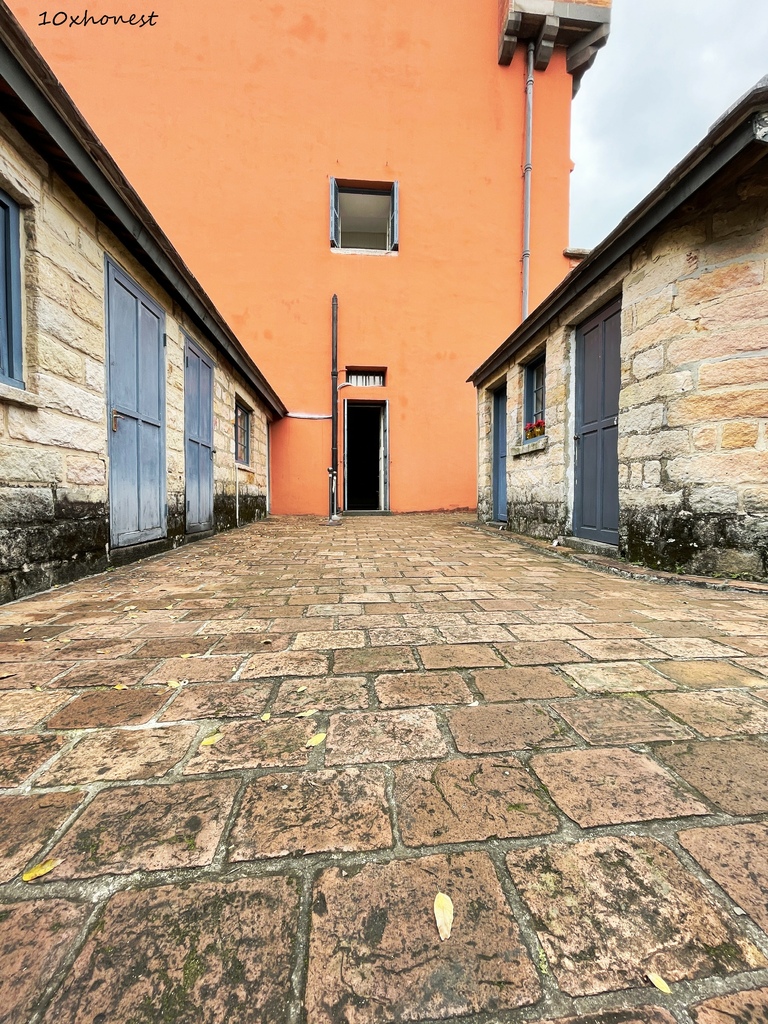
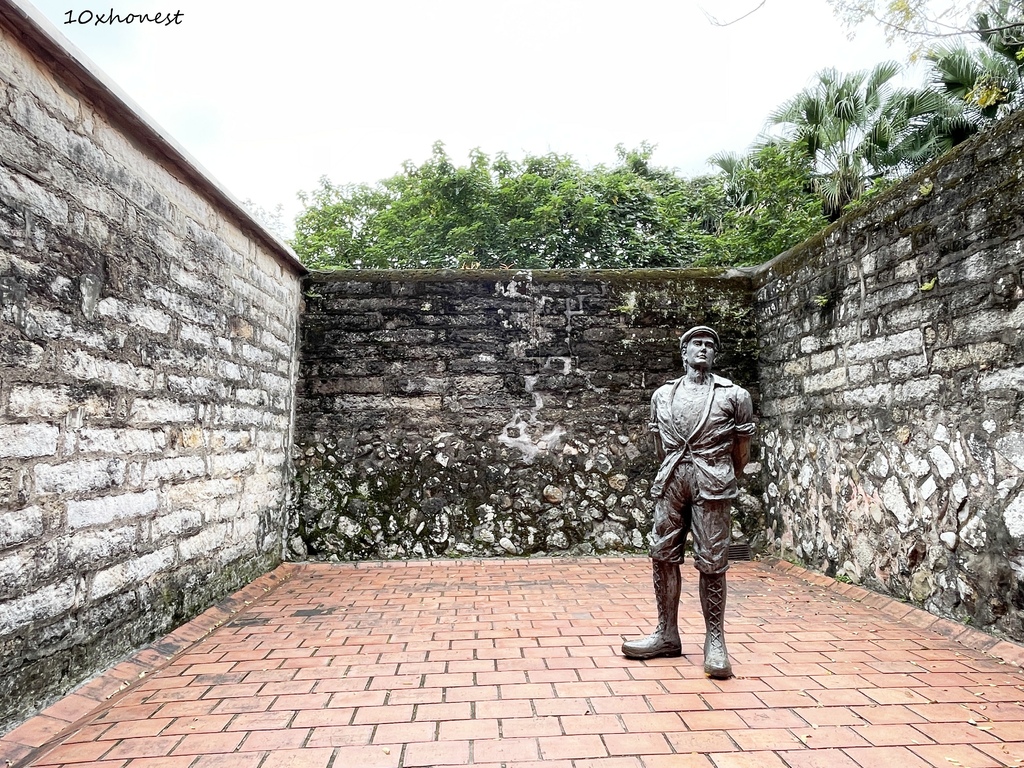
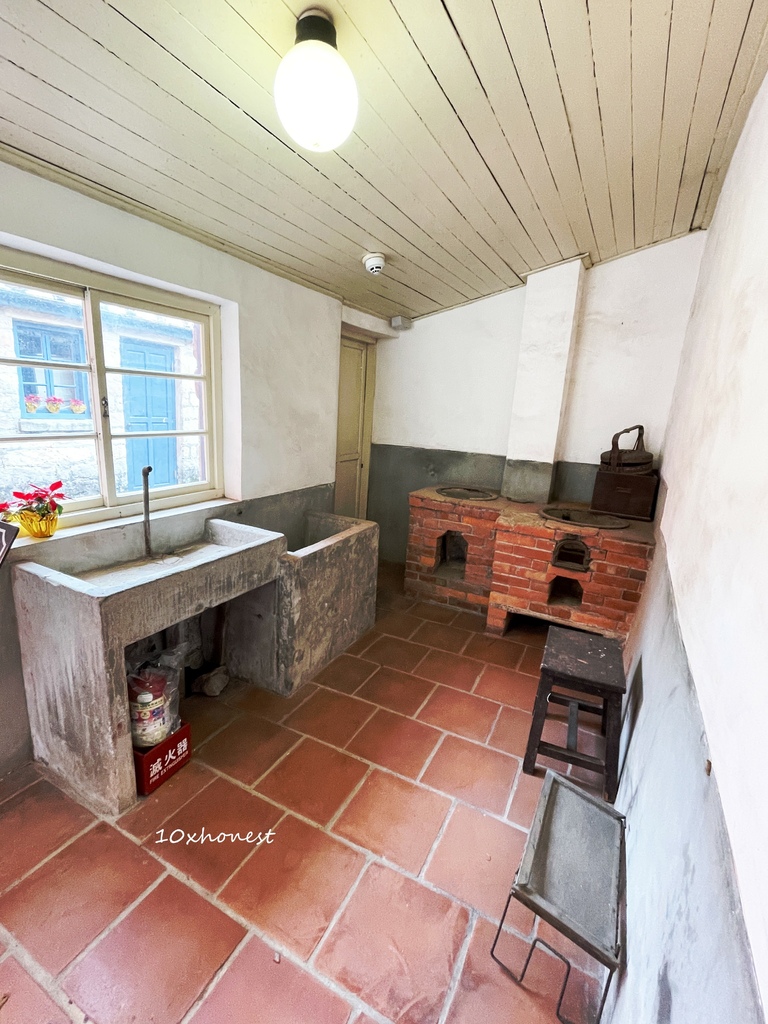
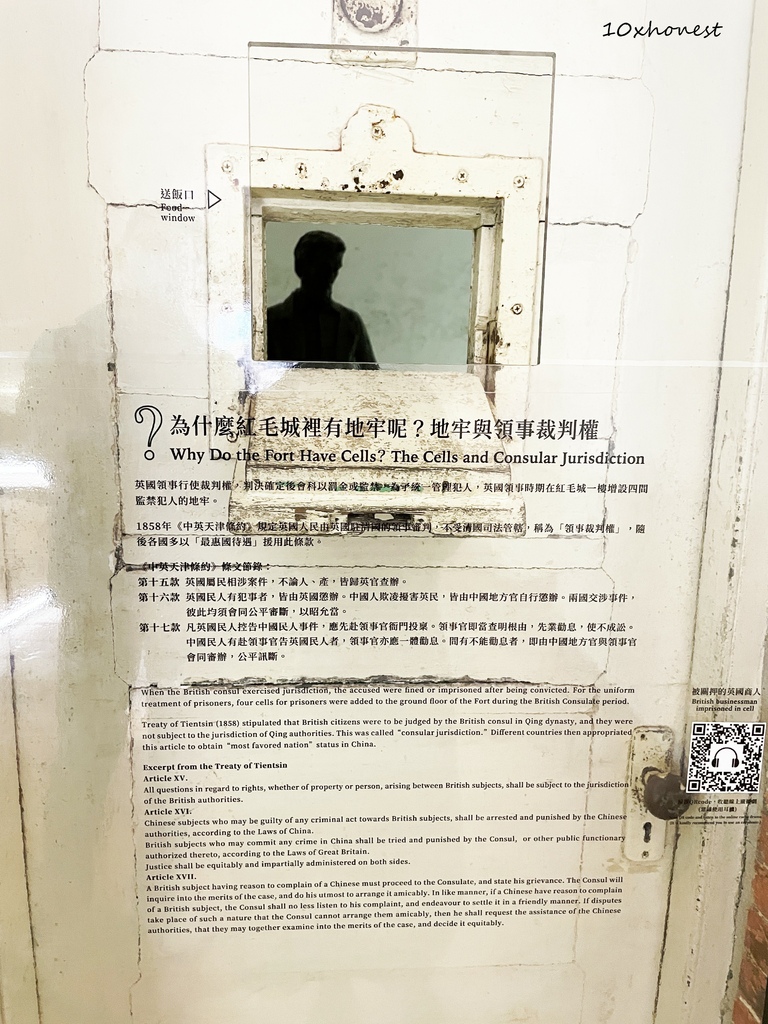
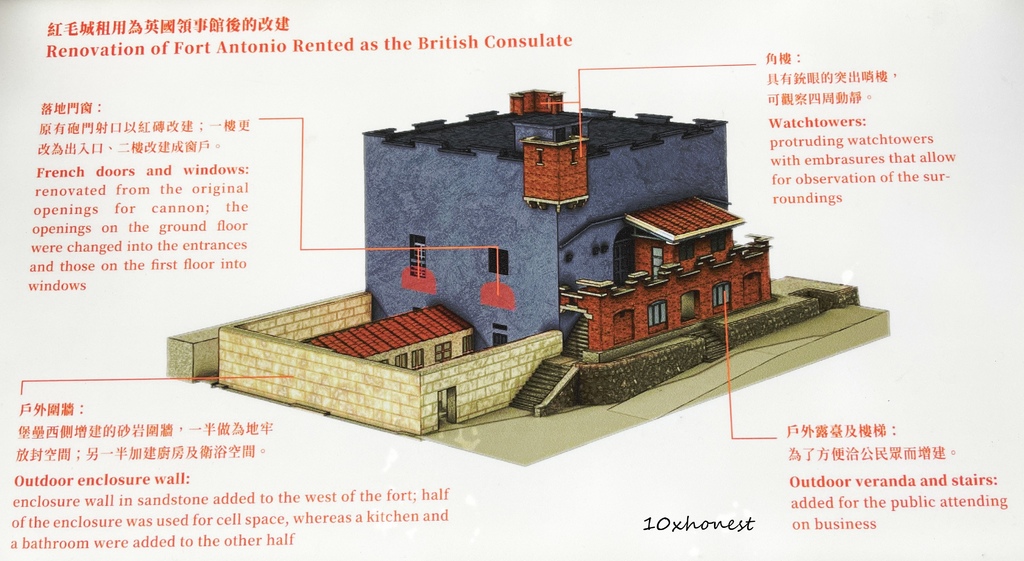
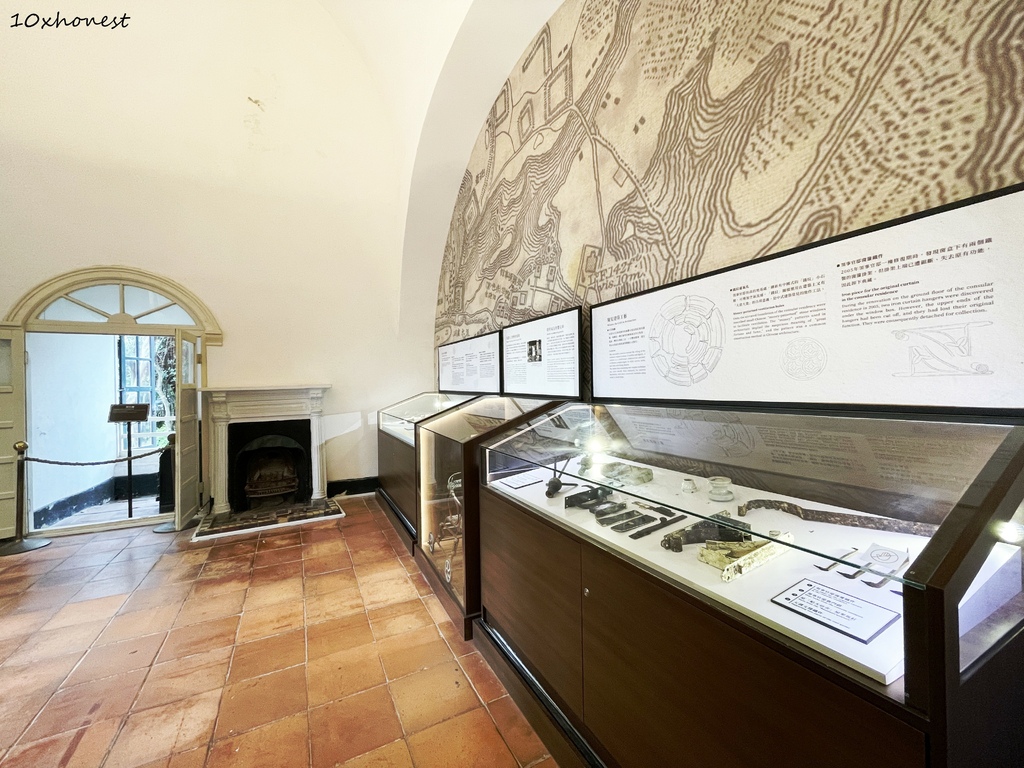
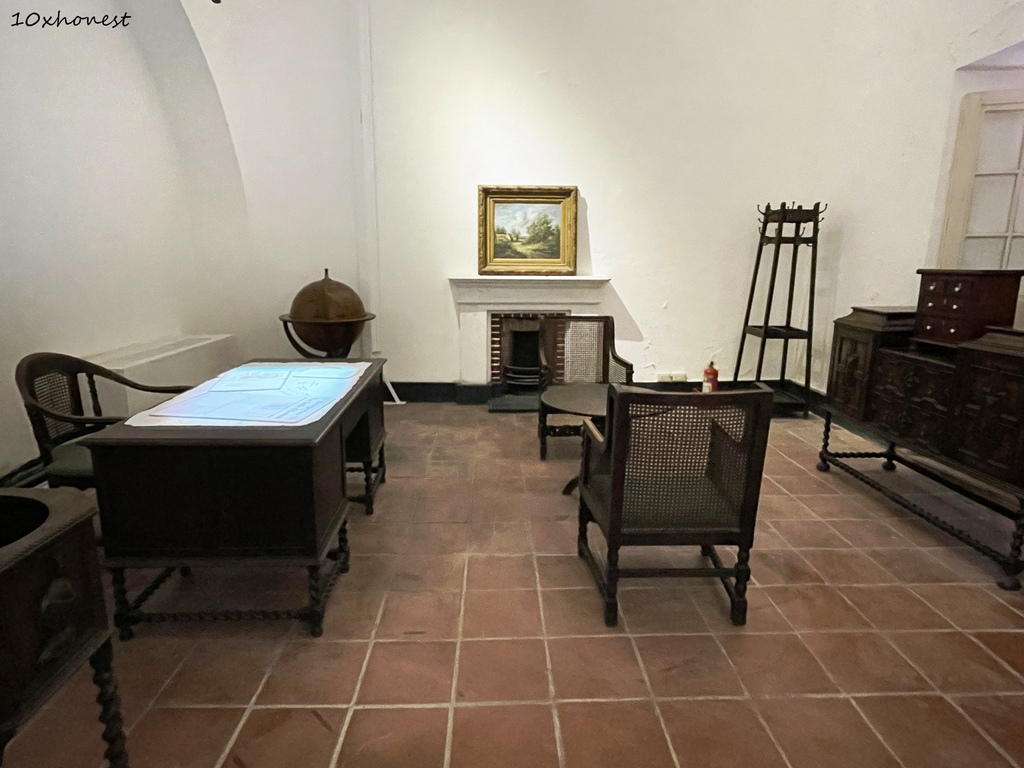
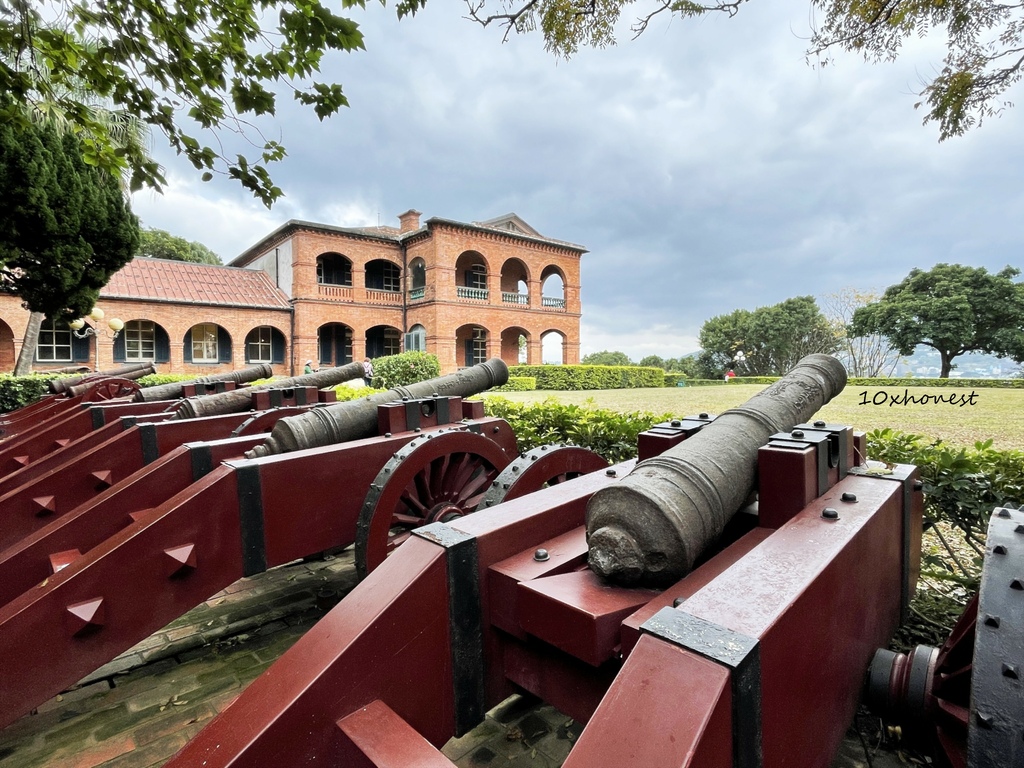
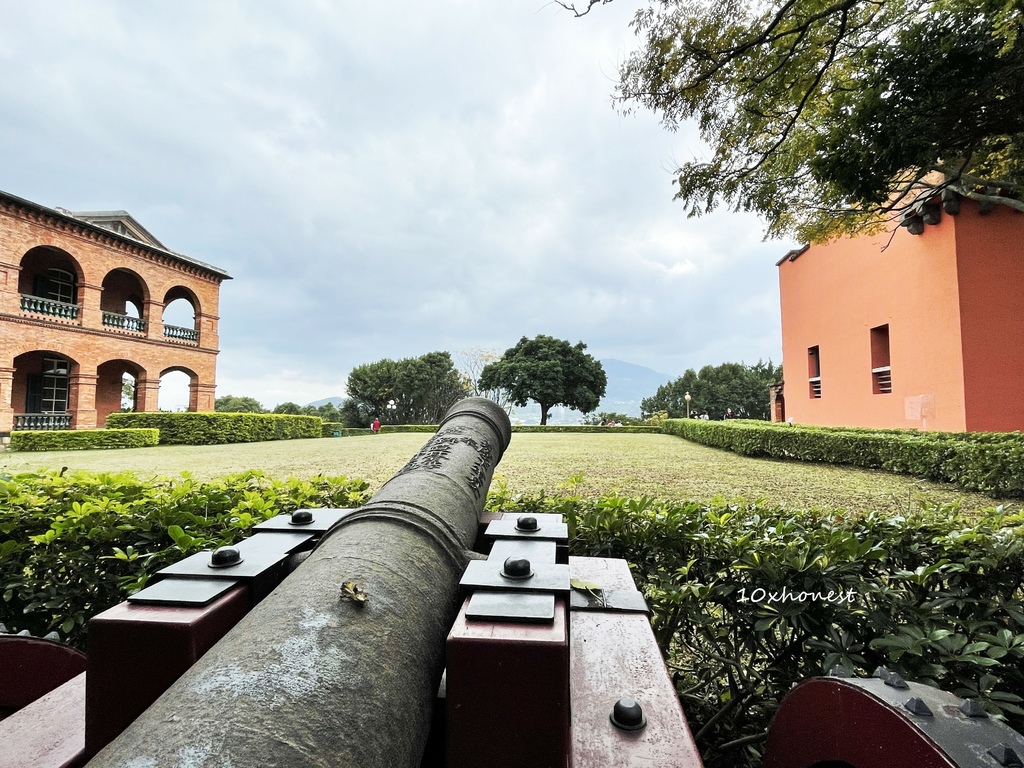
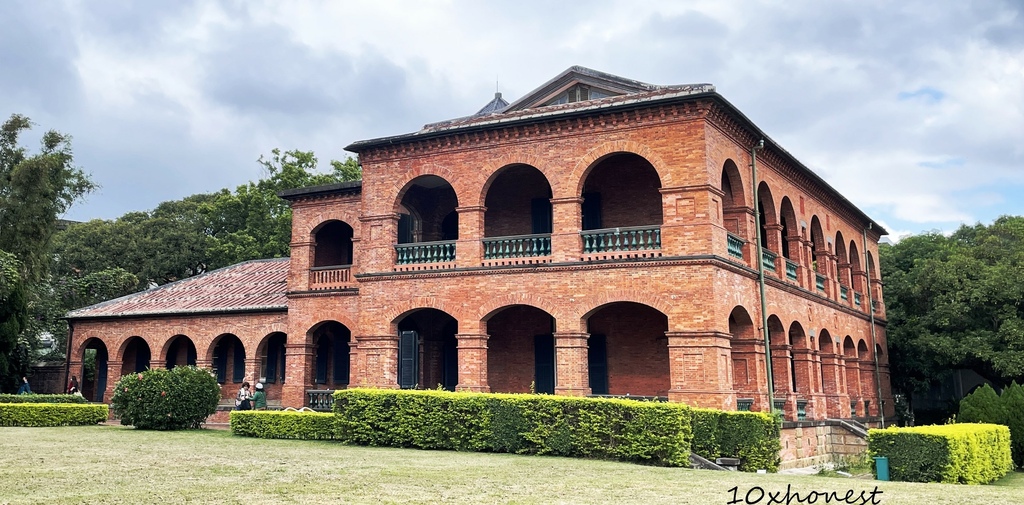

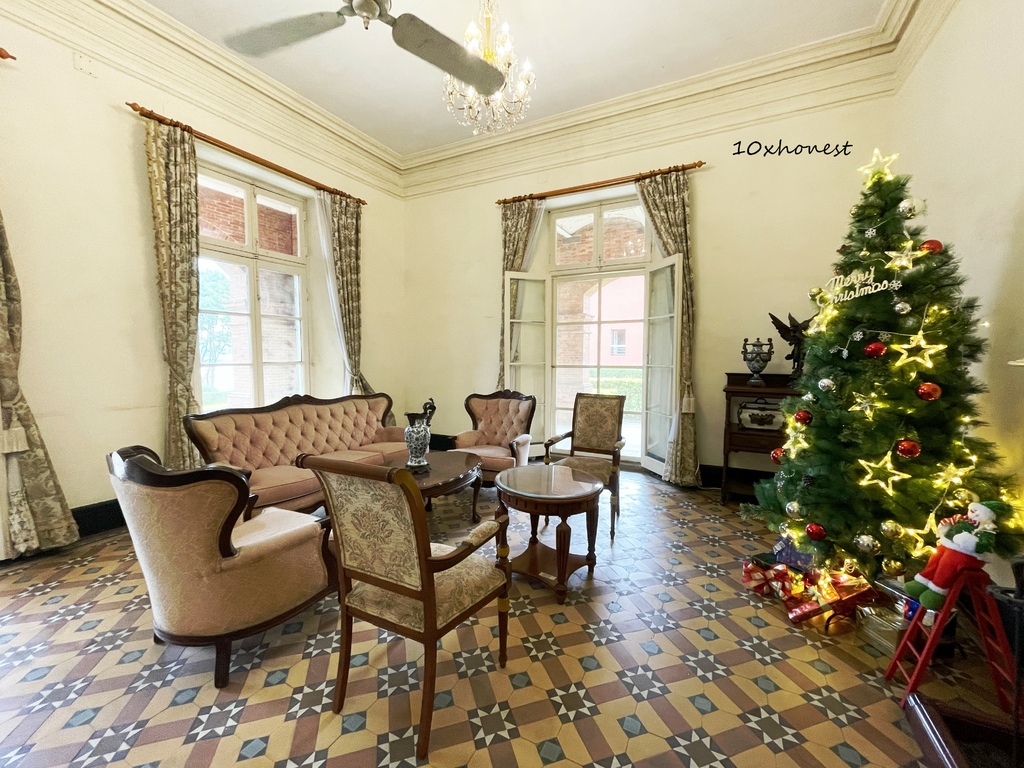
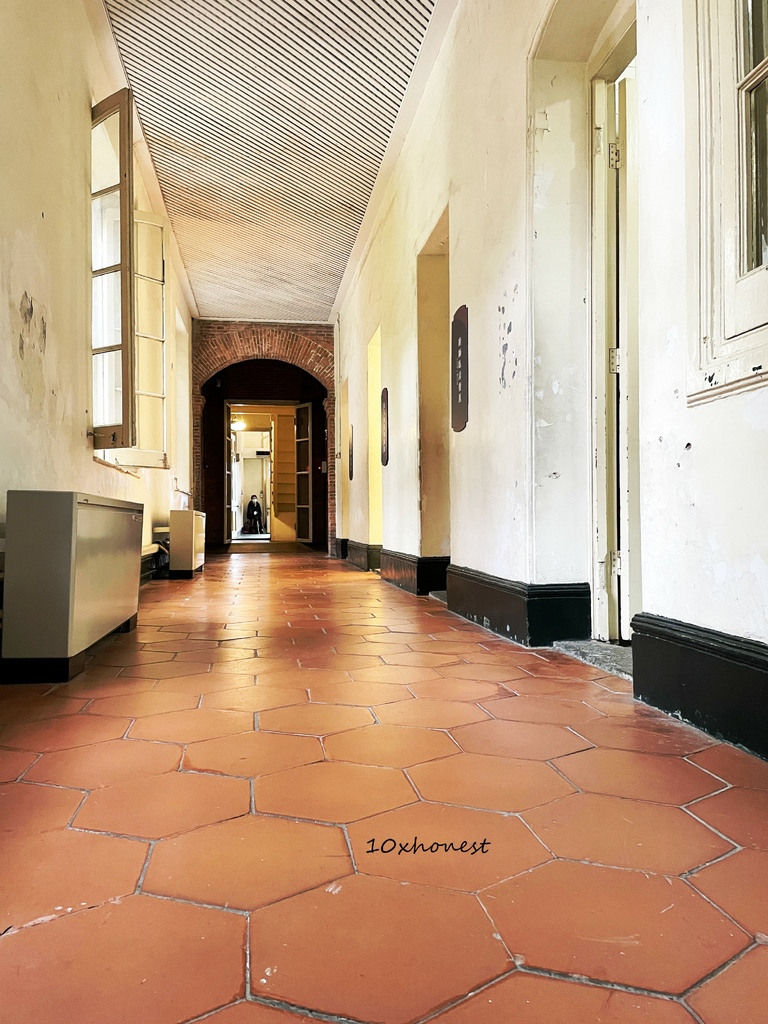
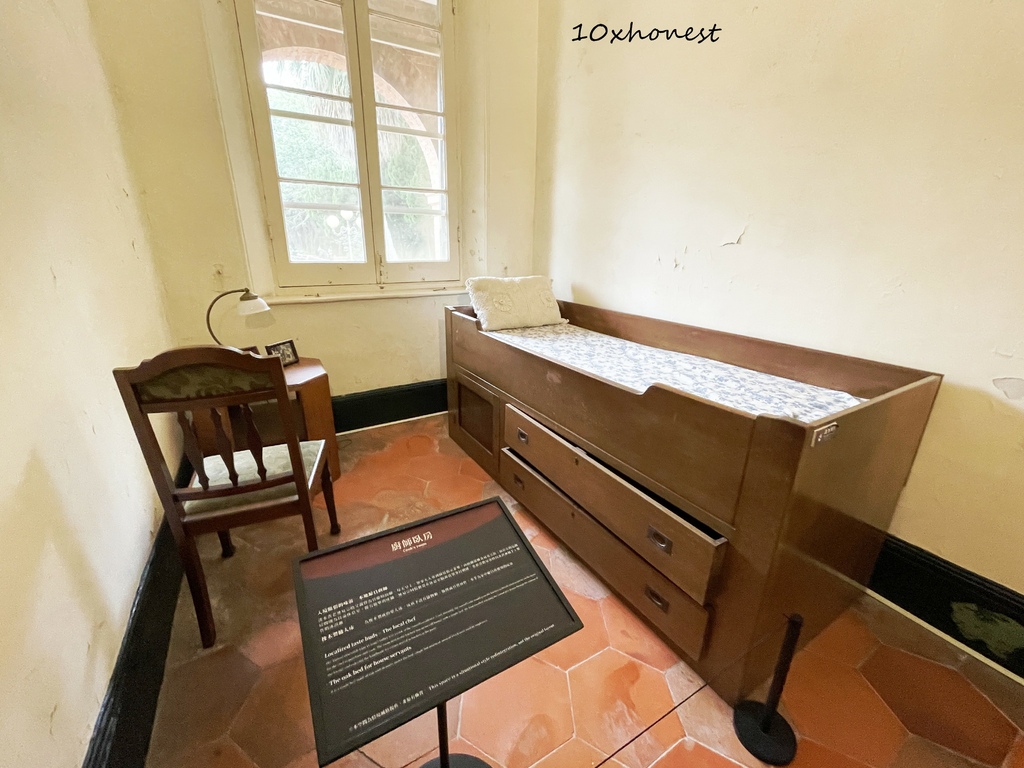
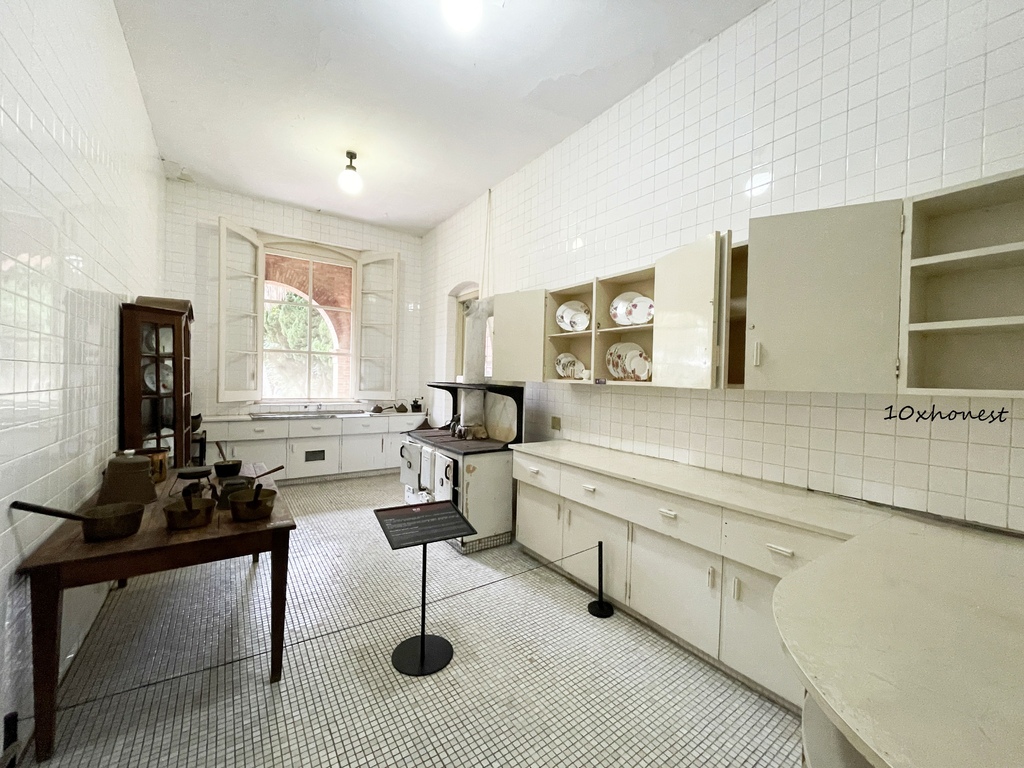
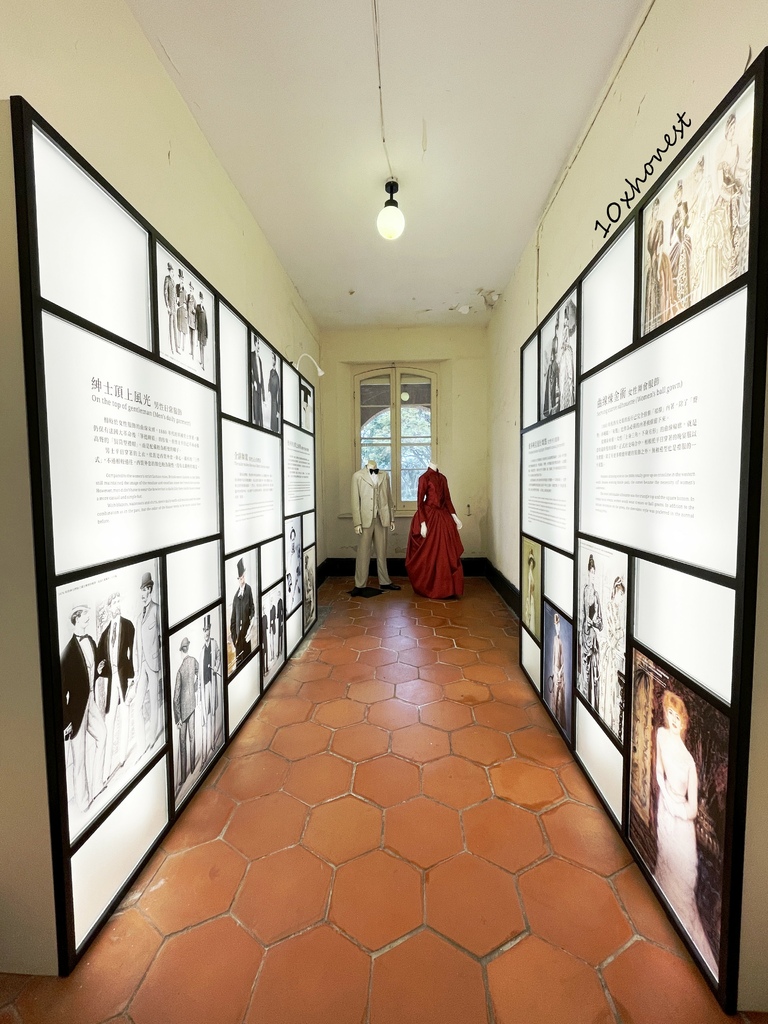
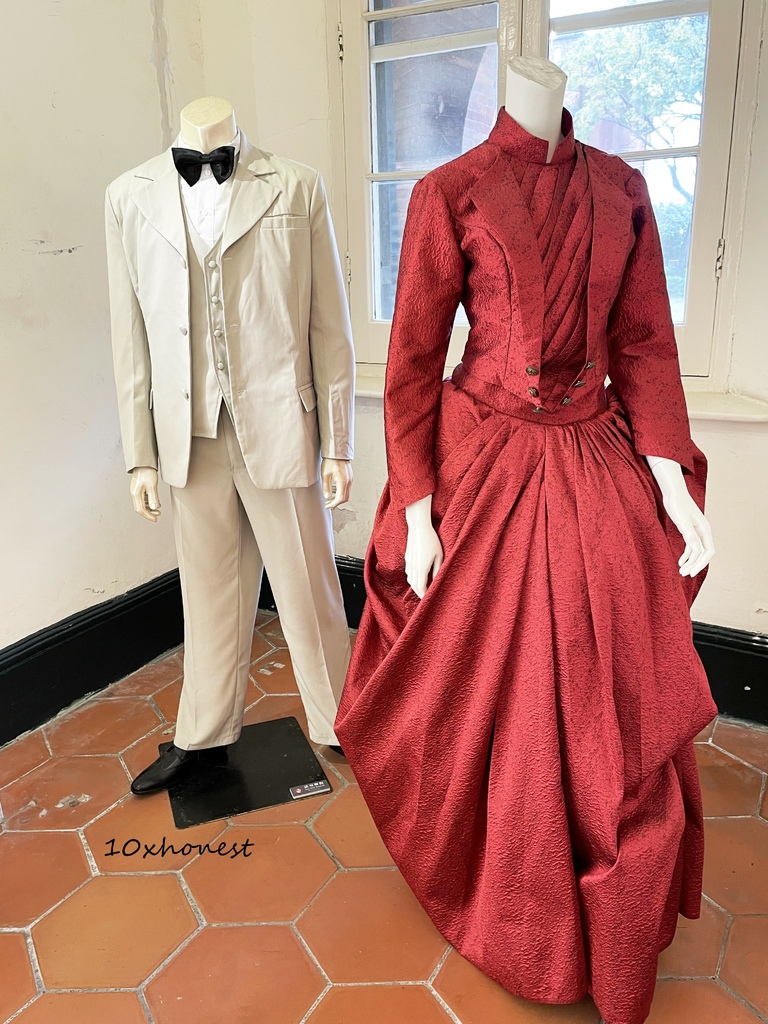
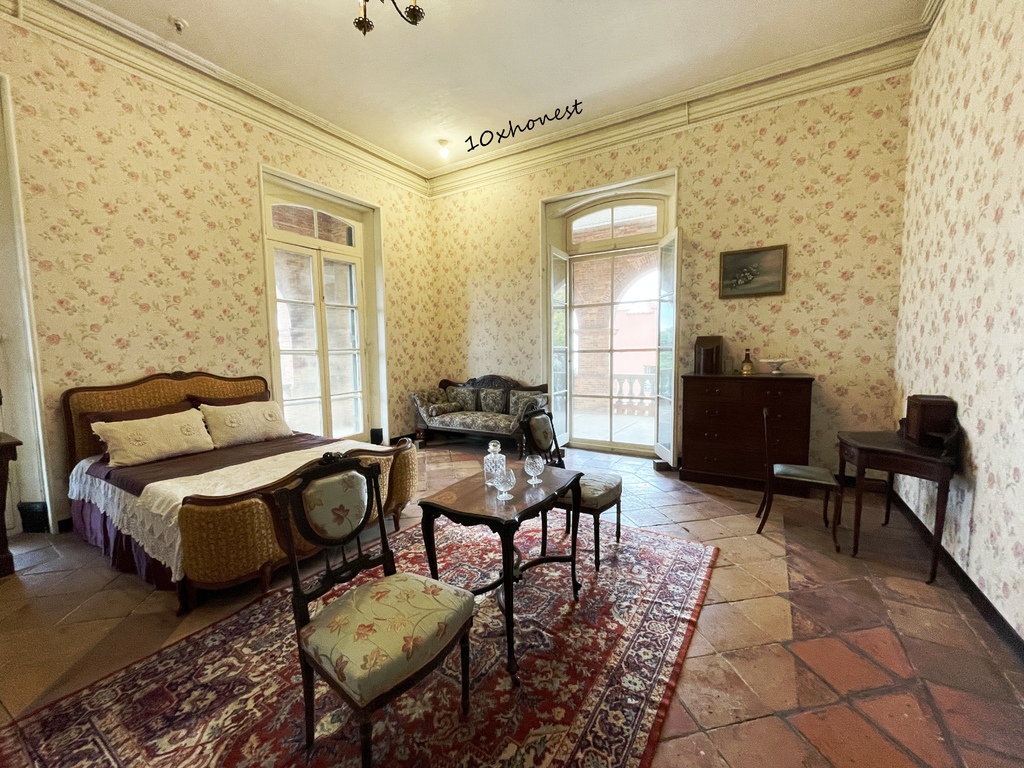
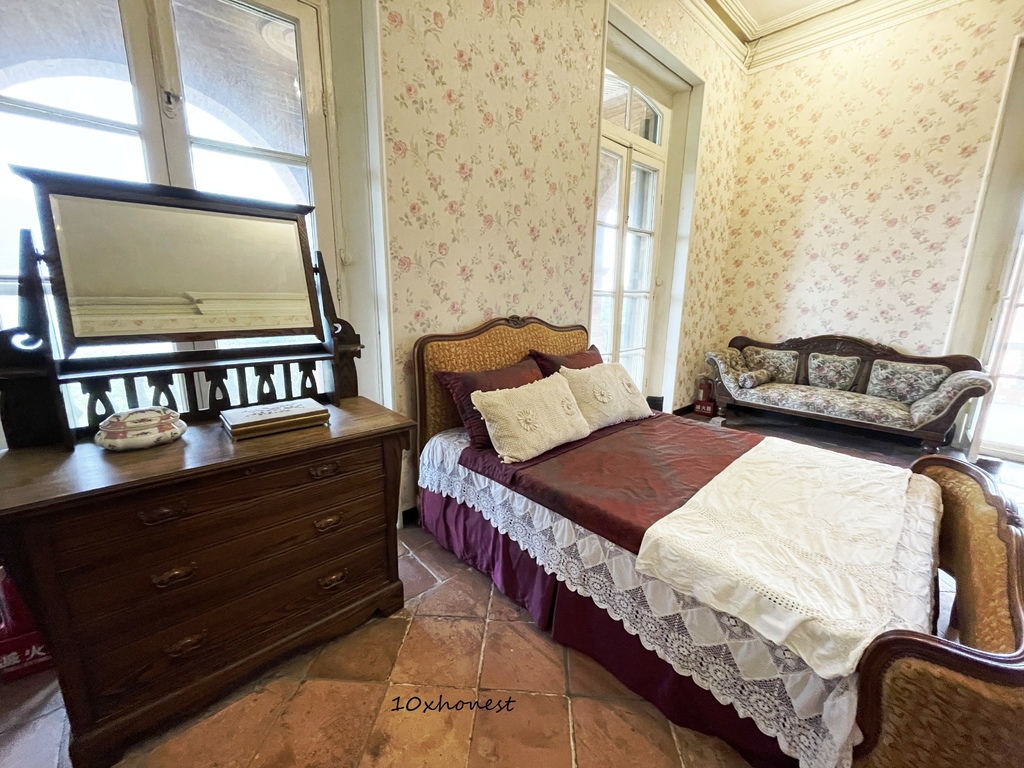
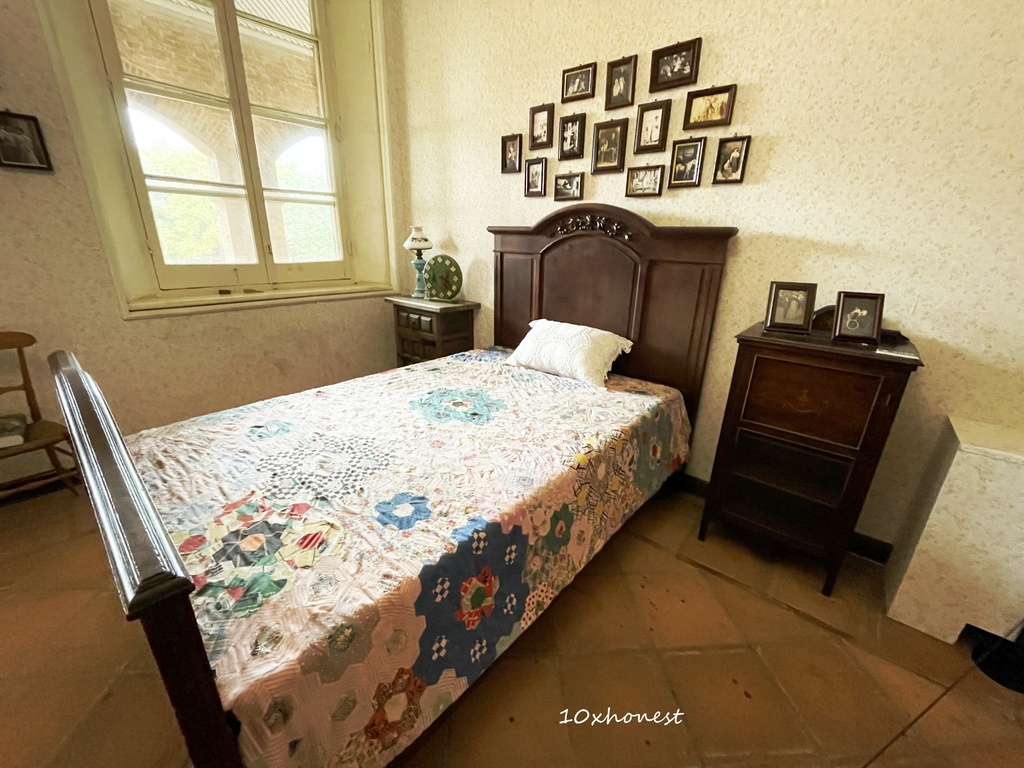
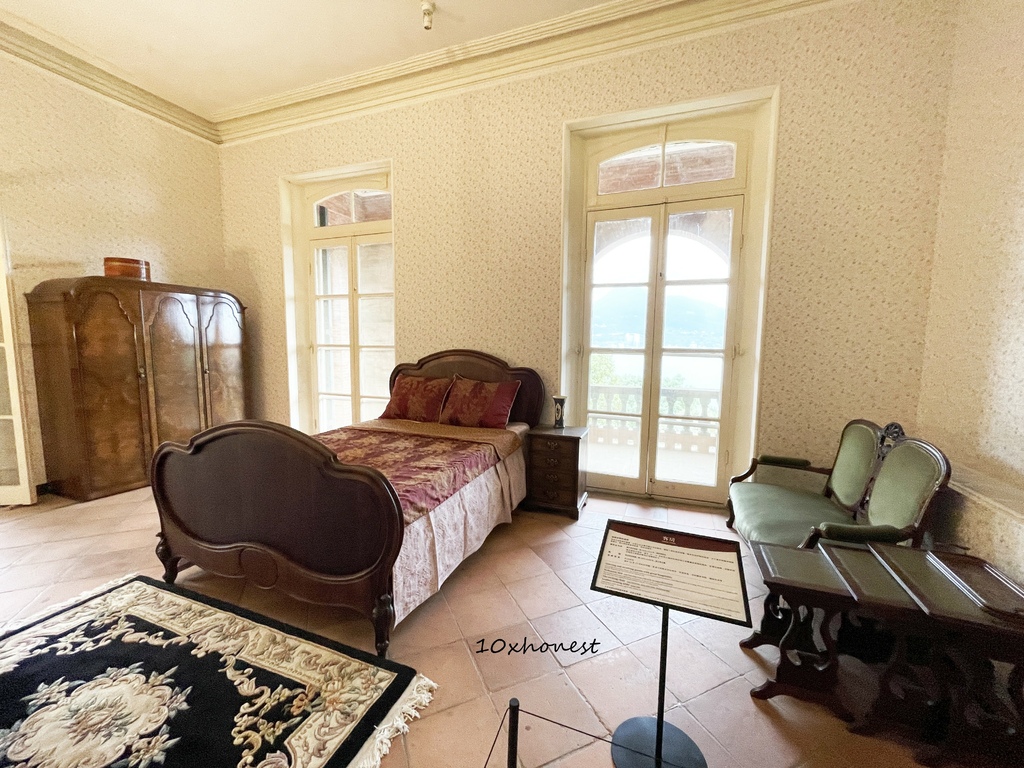
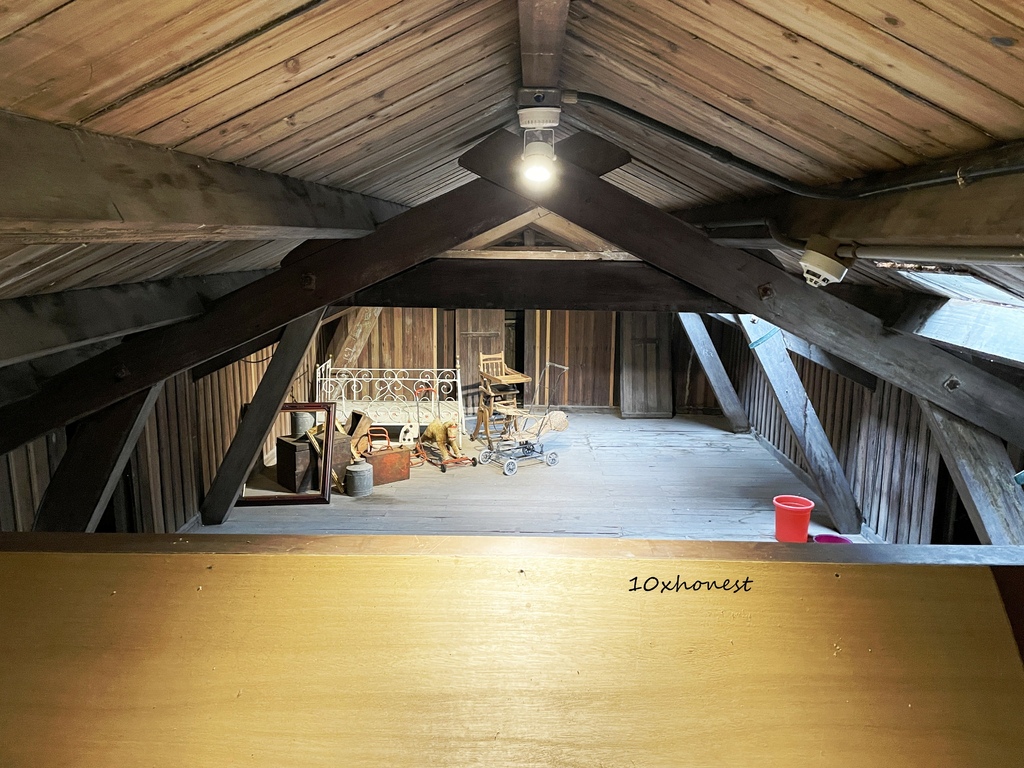
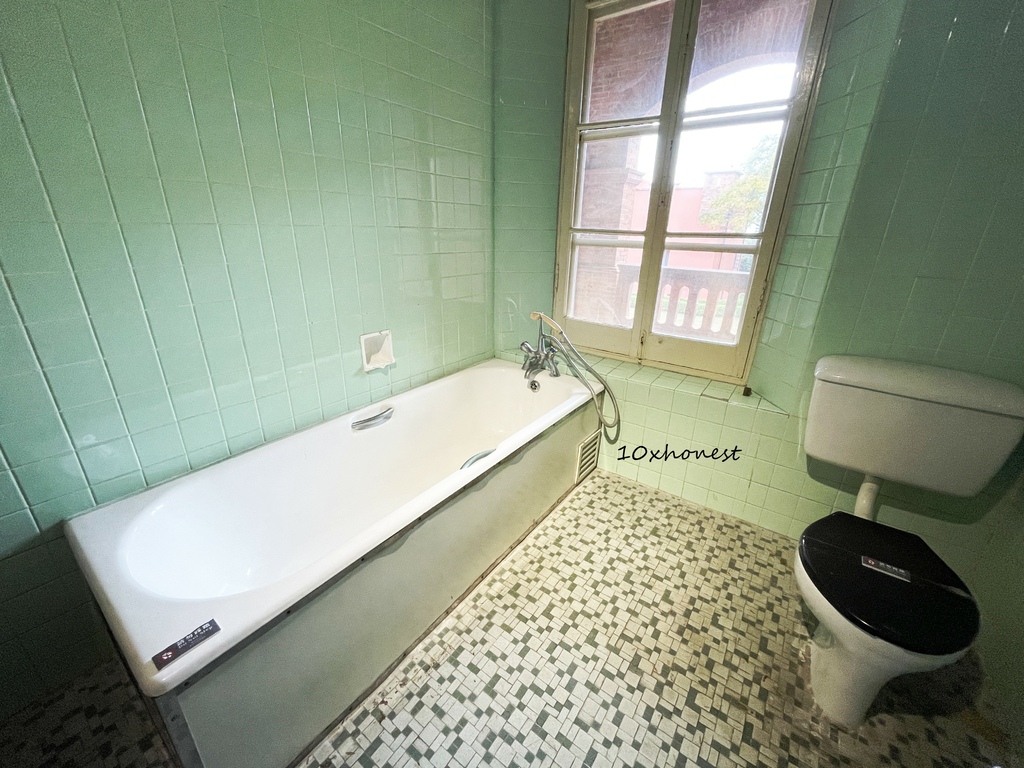
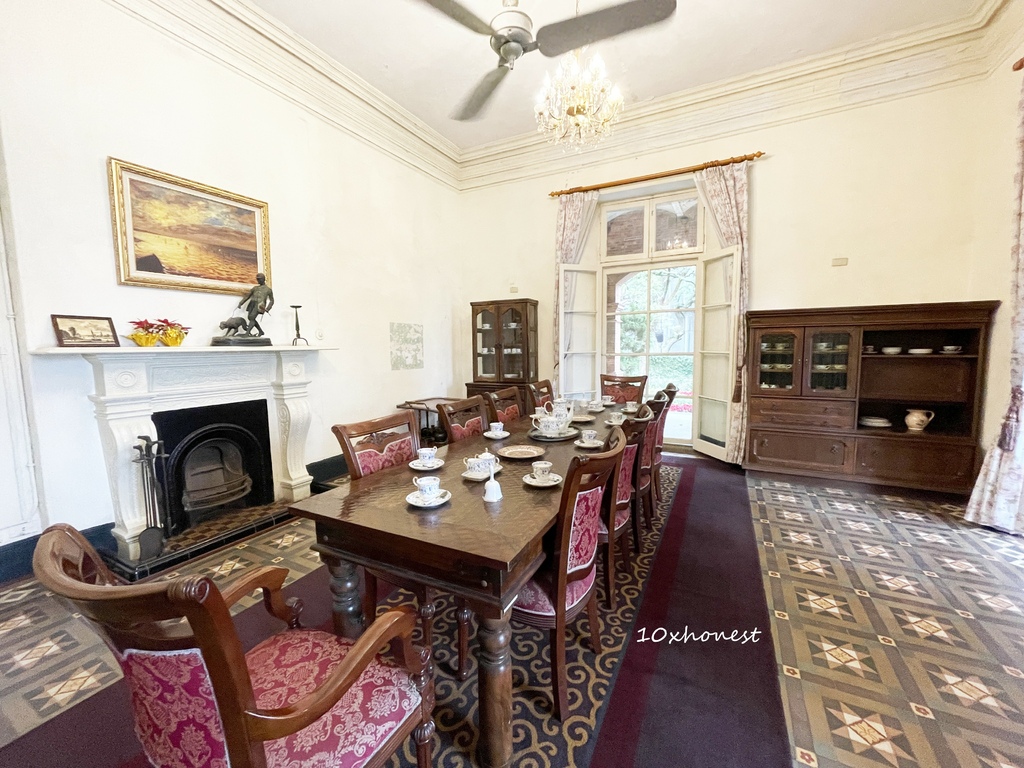
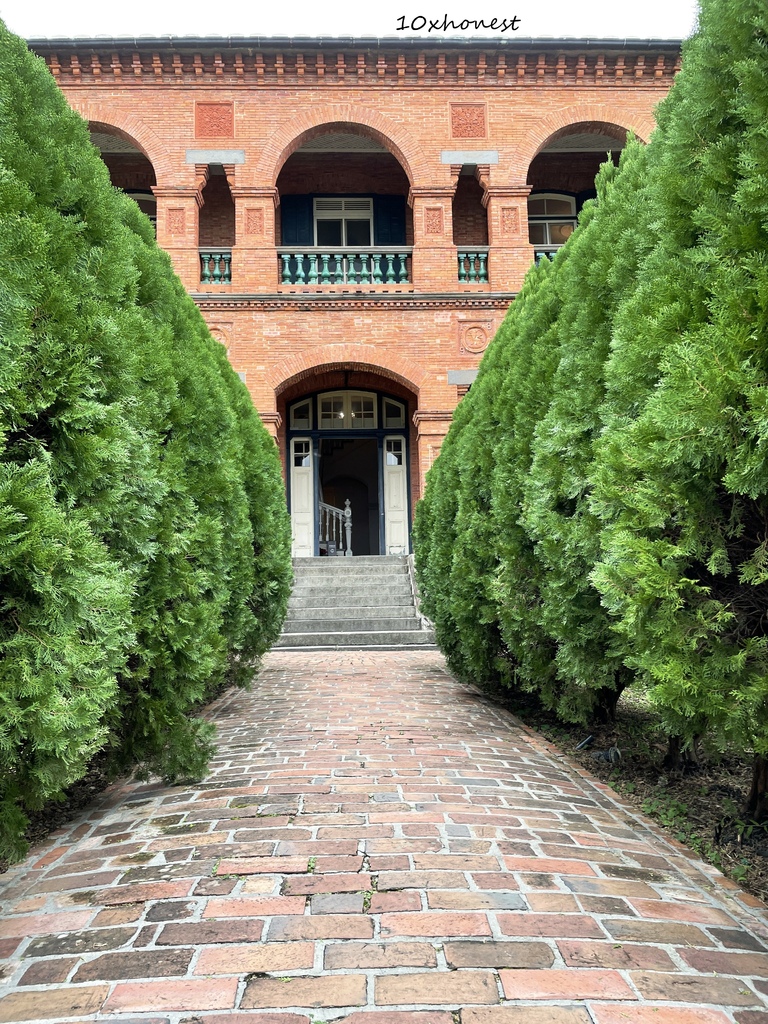
Comments
Post a Comment